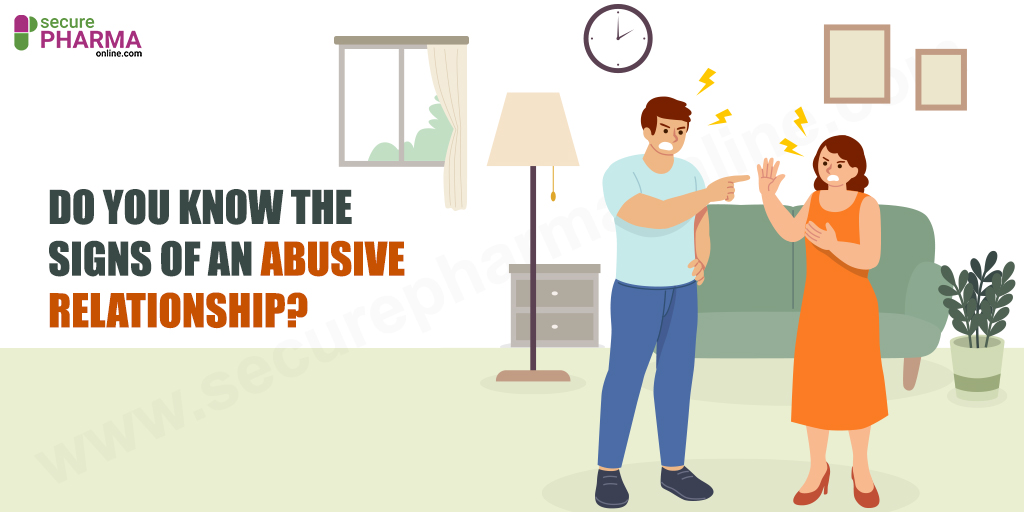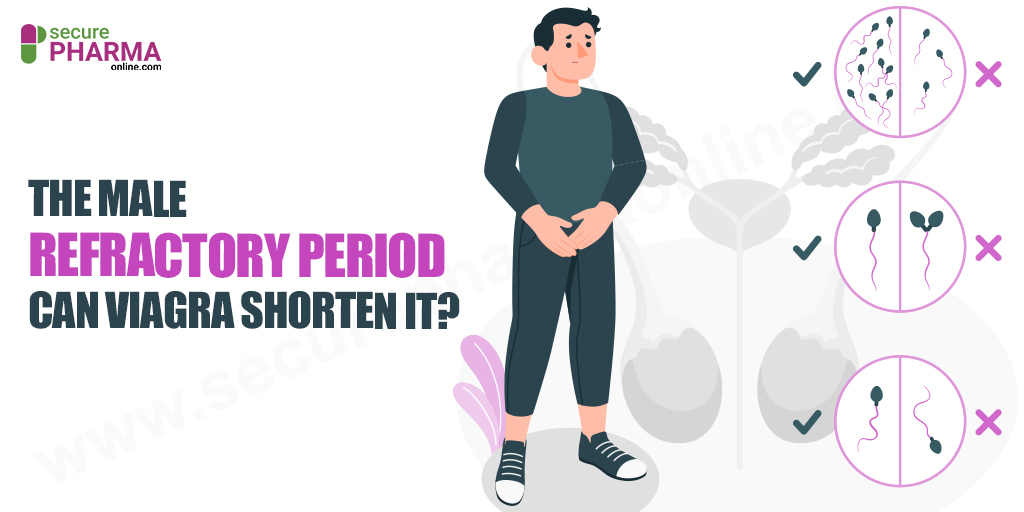Unwanted Pregnancy: What To Do In Case Of Unplanned Pregnancy?

How To Deal With Unwanted Pregnancy?
Unwanted pregnancy is possible for anyone. Even after using birth control like Lo ovral or NuvaRing Generic, you may conceive. A contraceptive may fail for many reasons. So, if you have an unwanted pregnancy, and you are not ready to have a baby yet, there are options. You can opt for an abortion or adoption.
Terminating a pregnancy or putting a child up for adoption can make you go through mixed emotions. You can always talk to your close people. Or seek help from a therapist to understand the ‘right’ choice. It is important to understand that the perfect alternative rests on your end decision alone.
So, if you know you have conceived. But you do not want to parent a child, then it is fine to consider alternate ways. A doctor can also guide you with options. In the post below, we will discuss abortion, its costs, the types, and adoption.
What Is An Abortion?
Abortion is a medical procedure to end an unwanted pregnancy. Most of the abortions are done in the first 12 weeks of pregnancy. It is easier to carry out the termination process in the first trimester when the fetus is just developing. But, a second-trimester procedure is also possible.
The legality of an abortion varies from a country to another. In some cases, parental consent could be necessary for people under 18 years of age. Now, the next step is to find a provider. You can visit a clinic that concerns with female gynecology health or an abortion clinic.
You can consult a gynecologist or obstetrician to get a reference. When you visit a doctor, ensure the clinic has legal permission to carry out the procedure. You can choose between medical abortion and surgical pregnancy termination.
Here are a few queries to seek answers to when you meet the healthcare provider:
- Which type of pregnancy-ending technique you can choose?
- What are abortion pills and how to use them?
- How to cope up with the side effects of a medical abortion?
- What is the surgical way of ending a pregnancy?
- What type of anesthesia will they provide?
- How long will it take to end a pregnancy?
- How many visits are necessary for the procedure?
- Can you choose a medical abortion at home?
- What is the cost of the treatment?
- Will the insurance take care of the cost?
- Is there a counseling service before and after the treatment?
- What about the follow-up visit and aftercare?
Cost Of An Abortion
The treatment cost of medical abortion is lesser than the surgical one. The pricing also depends on how far along you are in the pregnancy. A first-trimester termination is less expensive than a second-trimester procedure. The cost also depends on where you get the procedure done.
Check out if your health insurance can cover the cost of the medicines and surgery. You can look for discounts on abortion pills or subsidized surgical processes at a clinic. You can either take a branded abortion pill or a generic one. But ensure you purchase from a trusted outlet or online store. You can also obtain one from a reliable clinic.
Types of Abortions
There are two major types of pregnancy-ending methods. In a medical abortion, you have to take two kinds of abortion pills to expel pregnancy parts from the uterus. In a surgical abortion, the doctor removes the placenta and fetus from the uterus. Use of suction and surgical equipment is necessary for the latter.
The method you select depends on the gestational age and your preference. You can use abortion pills up to the 10th week of pregnancy. A surgical abortion on the other hand is possible to undertake in the first trimester. You can also choose it for an early second-trimester of pregnancy.
Also Read: Abortion FAQs
1. Abortion Pills
In a medical pregnancy termination, you can use Mifepristone and Misoprostol. These are two abortion pills that you have to use one after the other. Mifepristone 200mg is the primary medicine. It is anti-progesterone. You have to take the tablet orally with water.
This abortion pill makes the endometrial lining thin. Due to this, the fetus separates from the uterine lining and stops developing. It further disintegrates because of no nutritional support. Then after 36 to 48 hours, you have to take Misoprostol (4 pills of 200mcg each) buccally.
Misoprostol is a prostaglandin. It causes uterine contractions to dispel the pregnancy parts from the body. Place two tablets each on either cheek pouches. Let it melt gradually, do not take water. Wait for 30 minutes. Then intake the remnants. Do not chew the tablets.
You can expect bleeding and cramping to begin within a few hours of taking the medicines. You can take the medicines either in the clinic or at home. You have to go for a follow-up visit after two weeks of taking the medications. This is a mandatory visit. It will allow you to understand if the tablets worked to end the pregnancy.
Also Read: Medical Abortion Myths
2. Surgical Abortion
There are two kinds of surgical abortions. All the treatments are in-clinic. You cannot get it done at home. You can choose vacuum aspiration abortion. Or, you can also select D & E (Dilation and Evacuation) abortion. In the first trimester or the early second trimester, you can go for a vacuum aspiration.
The doctor will give medicine to numb the cervix. This will prevent pain. Then the surgeon will insert a tube into the uterus through a dilated cervix. Then suction is used to remove the fetus and placenta from the uterus. In the D & E abortion, local anesthesia will be used to number the cervix.
A tube is then attached to a suction machine. This helps to remove the pregnancy contents from the uterus. It takes only 10 to 20 minutes for a surgical pregnancy to end. It is safe and you can go home the same day of the procedure. You can expect some bleeding and cramping after the treatment.
What Is Adoption?
If you do not want to get an abortion, you can choose to put your child up for adoption. You can approach a private or public adoption agency to help with the process. Find out the legal costs and procedure for fostering. You may have to interact with the agency as well as adoptive parents.
You can look for someone from your friends and relatives who would be interested in it. It is best to choose a trusted source. Or, you can also look for someone else. Get an attorney to help with paperwork. Adoption can be either closed or open. In a closed procedure, in the future, you will have no direct contact with the adoptive family.
Once the involved parties agree, the record is sealed. These records could be accessible to the child, once he/she turns 18. In an open adoption, you can maintain contact with the adoptive family. You may be allowed to contact the child and even visit him/her.
Either way, you cannot legally claim your child once the adoption procedure is complete. So, if you are sure about putting your child up in someone else’s care, then you cannot reverse the process. This is true for pregnancy termination as well. So, any choice you take, you need to be sure about it.
Unwanted Pregnancy: Conclusion
Going ahead with either abortion or adoption, both are personal choices for an unwanted pregnancy. You may consult trusted people, doctors, therapists, professionals, but the end decision is yours to make. You must weigh the pros and cons of all the options. Understand which one will suit you the most, before picking an option.
Get the necessary arrangements in time, so that you are prepared in every way to tackle the consequences. From knowing the required details, arranging finances, and more, you have to do all before you venture into any of the options. So, approach the right people to get proper guidance.
February 26, 2021 Sam Bell











Comments